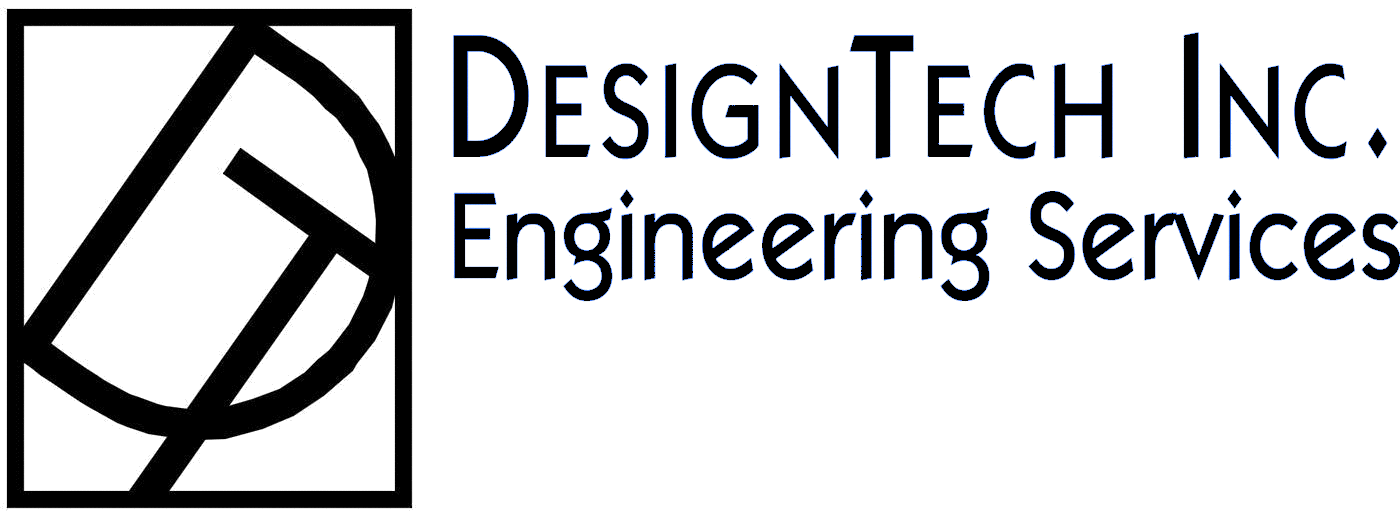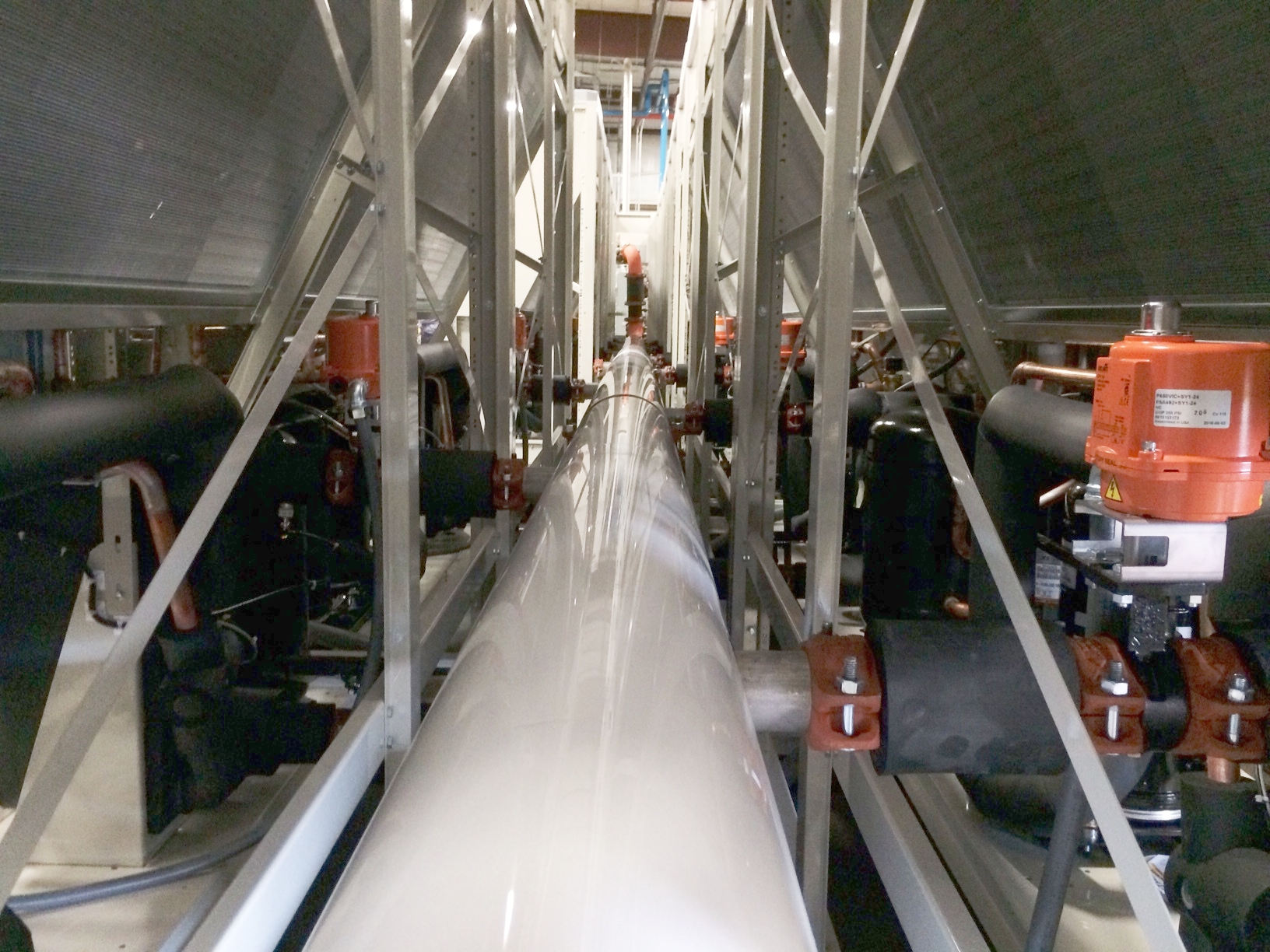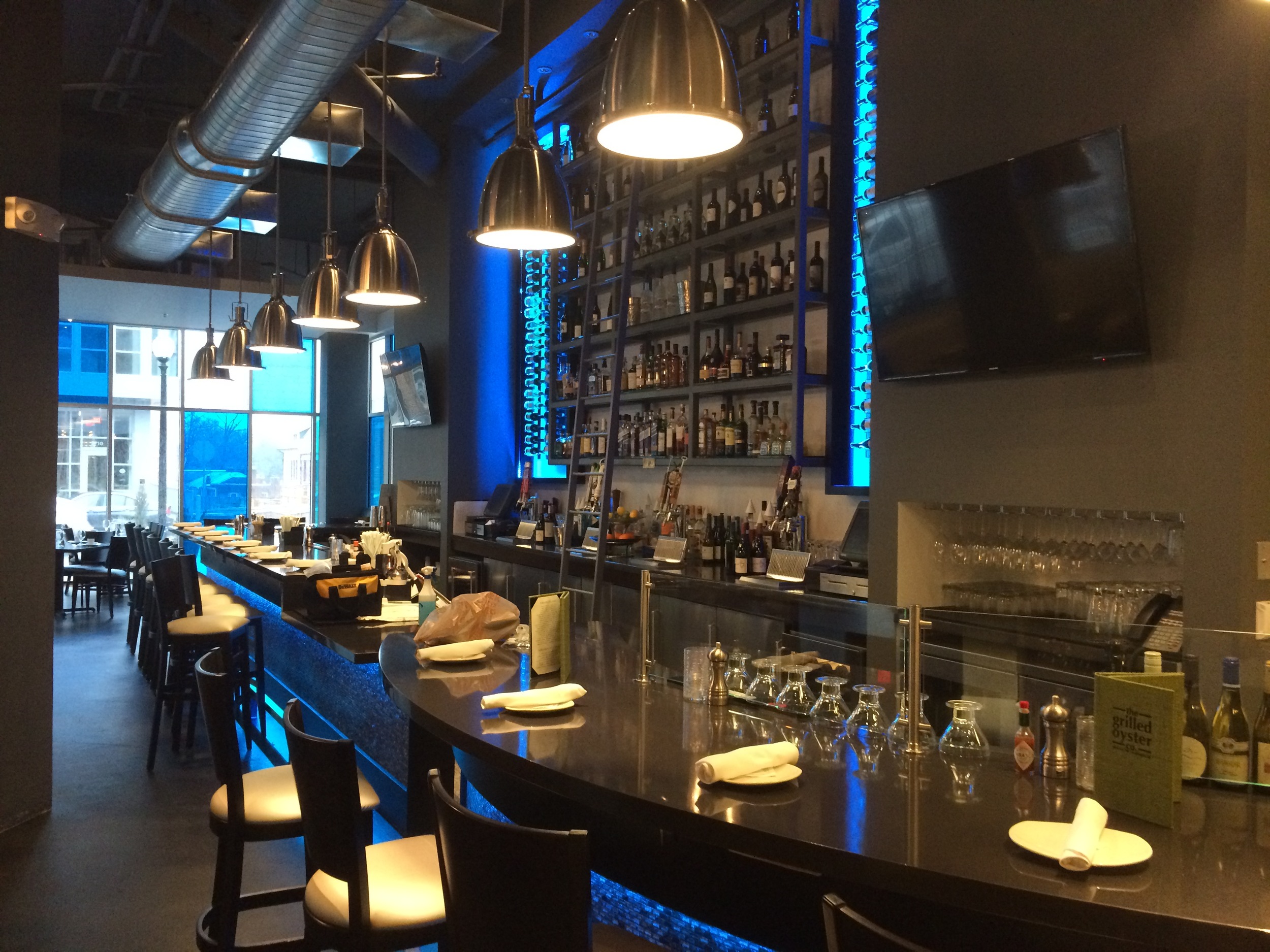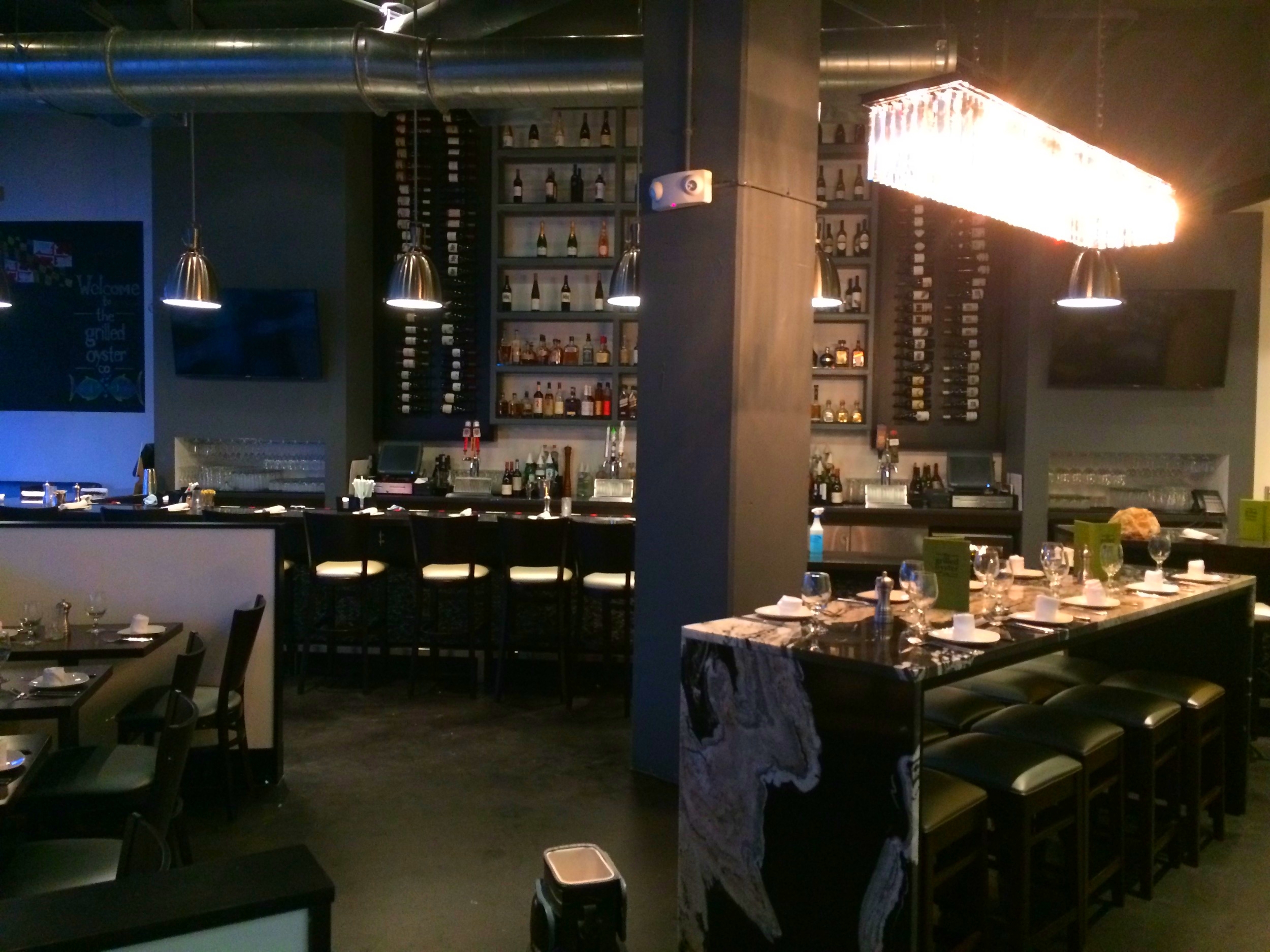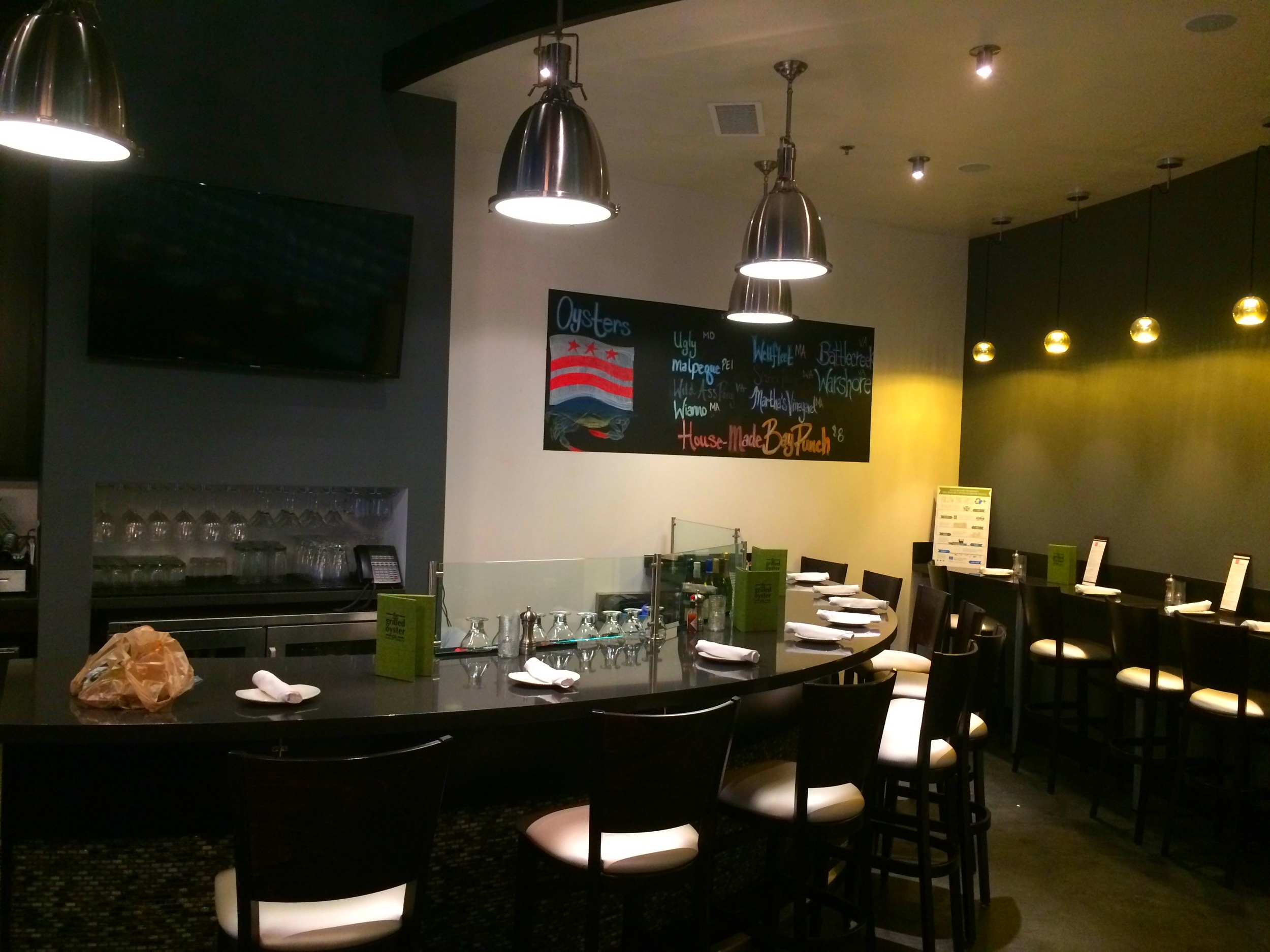The AHR Expo can be overwhelming, that should be number one on the list. Three days with more than 68,000 engineers in front of thousands exhibitors, I think that's the definition of a nerd fest. Before I get too far, I was fortunate enough to go to the Expo because Havtech, one of our local product reps, was taking a group of its clients. I owe a special thanks to them for the incredible learning experience. During my time in sunny Las Vegas, I attended five different seminars, a number of manufacturer's hospitality events, and walked the showcase floor for a few hours. I was able to see new product releases, hear from market trend experts, and learn all kinds of solutions that can help me design better HVAC/R systems. The following are the four biggest takeaways from the Expo:
1. VRF is here to stay. Global trends show that Variable Refrigerant Flow (VRF) equipment is the largest growing sector of the equipment HVAC market and is projected to grow another 10% next year compared to a market average of 2% growth in the USA. We have shared in this trend with many of our retrofit projects in 2016 utilizing VRF. The VRF equipment as well as most mini-split systems utilize inverter compressor technology. This inverter technology is required by legislation in Europe though it is only in about 10% of compressors in the USA. Trend experts expect this be brought into the USA energy codes in the coming years. The only hindrance to VRF and mini-splits is changes in international trade partnerships which eliminate the competitiveness of the Asian manufacturer's products (LG, Mitsubishi, Samsung). Currently Daikin is the only manufacturer here in North America producing VRF equipment.
2. Closed loop water quality is a critical part of any retrofit (especially boilers). We see a number of projects each year where old cast iron boilers are being replaced with stainless steel condensing boilers that boast incredible efficiencies. If the new boilers are introduced to hydronic loops with debris and scale, the precision boilers can be ruined in as little as months. Likewise, if a new boiler is installed in a water/glycol loop that isn't properly flushed, cleaned, and filled the warranty is often voided.
3. Product highlight: EnOcean Alliance. EnOcean Alliance is a group of companies that are developing self-powered, wireless, control devices for everything from lights to humidity. Their series of products allows for the elimination of batteries, cabling, and control compatibility issues while now allowing things like light switches to be placed on glass, easy connection with building automation systems, and flexible room configuration. It's an awesome series of products https://www.enocean-alliance.org/en/home/
4. Occupant Comfort is King. The most common thread through each seminar was a focus on ensuring building occupants are comfortable. Comfort doesn't just mean having a thermostat in every room. Both new products and seminars focused on radiated energy flow and humidity (renamed by one presenter as building hydration) as additional key elements to maintaining high indoor environmental quality (IEQ). High IEQ helps landlords renew lease agreements, and helps occupants be more productive. In the case of hospitals, a lack of proper building hydration is now clearly linked to a rise in airborne bacteria and virus spread. Simply put, small water particle size, resulting from low humidity, allows for viruses and bacteria to remain in the circulated airflow for up to 48 hours. Even in less critical environments, count on occupant comfort being a category of design which is more closely paid attention to.
- Evan Bjorndal, Mechanical Engineer
